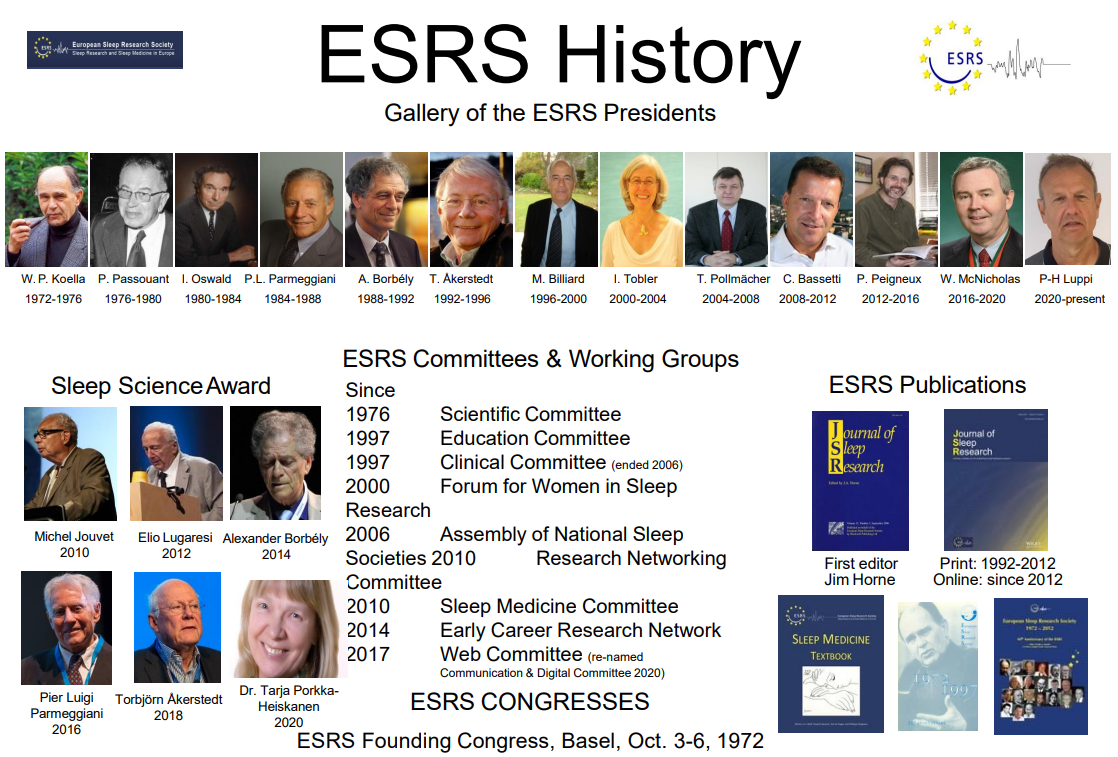Automatic sleep position classification with a sensing mattress using convolutional neural networks

Oriella Gnarra, Ph.D.
Biomedical Engineer, Sensory-Motor Systems Lab at ETH Zurich and the Sleep-Wake Epilepsy Center, Department of Neurology, Insel University Hospital in Bern.
Follow on LinkedIn and X (Twitter).
Oriella Gnarra recently defended her Ph.D. thesis at the Sensory-Motor Systems Lab at ETH Zurich and the Sleep-Wake Epilepsy Center, Department of Neurology at the Insel University Hospital in Bern. She is an experienced electronics and biomedical engineer specializing in the design of wearable devices and data analysis. Her primary research centers around signal processing from wearable and nearable technologies, leveraging sensor fusion algorithms trained with data from patients suffering from neurological disorders. She utilizes machine learning models on physiological data to extract digital biomarkers in longitudinal recordings obtained via home monitoring. She wishes to contribute to advancing digital health and personalized medicine by doing so.
Automatic sleep position scoring with a sensing mattress
Dr. Kate Porcheret from the Digital and Communications Committee (DCC) recently spoke with Oriella Gnarra whose research looks at automated scoring of sleep stages and body positions. They talked about two studies looking at the validation of sensorized mattresses in the lab and in a clinical setting.
Many sleep disorders are related to sleep postures such as obstructive sleep apnoea where apnoeas are more common when people are supine i.e. lying on their backs. Also, recent studies have also shown that in neurodegenerative disease, including Parkinson disease, the glymphatic system that is involved in clearing toxins from the brain works more slowly when people are in the supine position. Oriella and her colleagues Alexander Breuss and Manuel Fujs, are looking at automating the detection of sleep positions from sensorized mattresses to help understand these conditions further. Sensorized mattresses provide benefits over more traditional movement assessments such as actigraphy or video monitoring as its low burden to the participants and patients as they do not need to wear sensors and also less invasive than being video while asleep. Both of which mean a more naturalistic sleep can be assessed.
Validation of the sensorized mattresses were conducted in the lab and in a clinical setting using different devices. Although validation in the clinical setting proved more difficult than in the lab, good accuracy was achieved. The future application of such technology is very interesting with psychological parameters such as breathing, heart rate, and leg movements also being able to be extracted improving the scope to assess sleep in a low burden and intrusive manner. Such devices could be integrated in intervention systems like robotic beds or alerting apps.
To find out more about Oriella’s work you can listen to their interview and find her papers below.
Find the validation studies and other studies from Oriella here:
- Breuss et al. (2024). Sleep position classification with a compact pressure textile sensor mattress using convolutional neural networks. Biomedical Signal Processing and Control.
- Gnarra et al. (2023). Transferability of a Sensing Mattress for Posture Classification from Research into Clinics. IEEE Int Conf Rehabil Robot.
- Gnarra et al. (2023). Rapid eye movement sleep behavior disorder: a narrative review from a technological perspective. Sleep.
- Gnarra et al. (2023). Exploring the Association Linking Head Position and Sleep Architecture to Motor Impairment in Parkinson’s Disease: An Exploratory Study. J Pers Med.
Recent publications from ESRS members
- Alfaiate et al. (2023). Body posture as a factor determining sleep quality in patients using non-invasive ventilation. Sleep Breath.
- Vitali et al. (2023). Blindness affects the developmental trajectory of the sleeping brain. Neuroimage.
- Roth et al. (2023). Effects of oxybate dose and regimen on disrupted nighttime sleep and sleep architecture. Sleep Med.
- Kovalzon et al. (2023). Rest and cold: different circadian responses to natural cold in five species of predatory mammals. Eur. Phys. J. Spec. Top.
- Lopez and Dauvilliers (2023). Challenges in diagnosing NREM parasomnias: Implications for future diagnostic classifications. Sleep Med Rev.
- Pépin et al. (2023). CPAP resumption after a first termination and impact on all-cause mortality in France. Eur Respir J.
- Korkalainen et al. (2023). Review and perspective on sleep-disordered breathing research and translation to clinics. Sleep Med Rev.
- Putilov, Kovalzon and Dorokhov (2023). A relay model of human sleep stages. Eur. Phys. J. Spec. Top.
- Ferini-Strambi et al. (2023). Role of sleep in neurodegeneration: the consensus report of the 5th Think Tank World Sleep Forum. Neurol Sci.
- Aquino et al. (2023). Towards the neurobiology of insomnia: A systematic review of neuroimaging studies. Sleep Med Rev.




